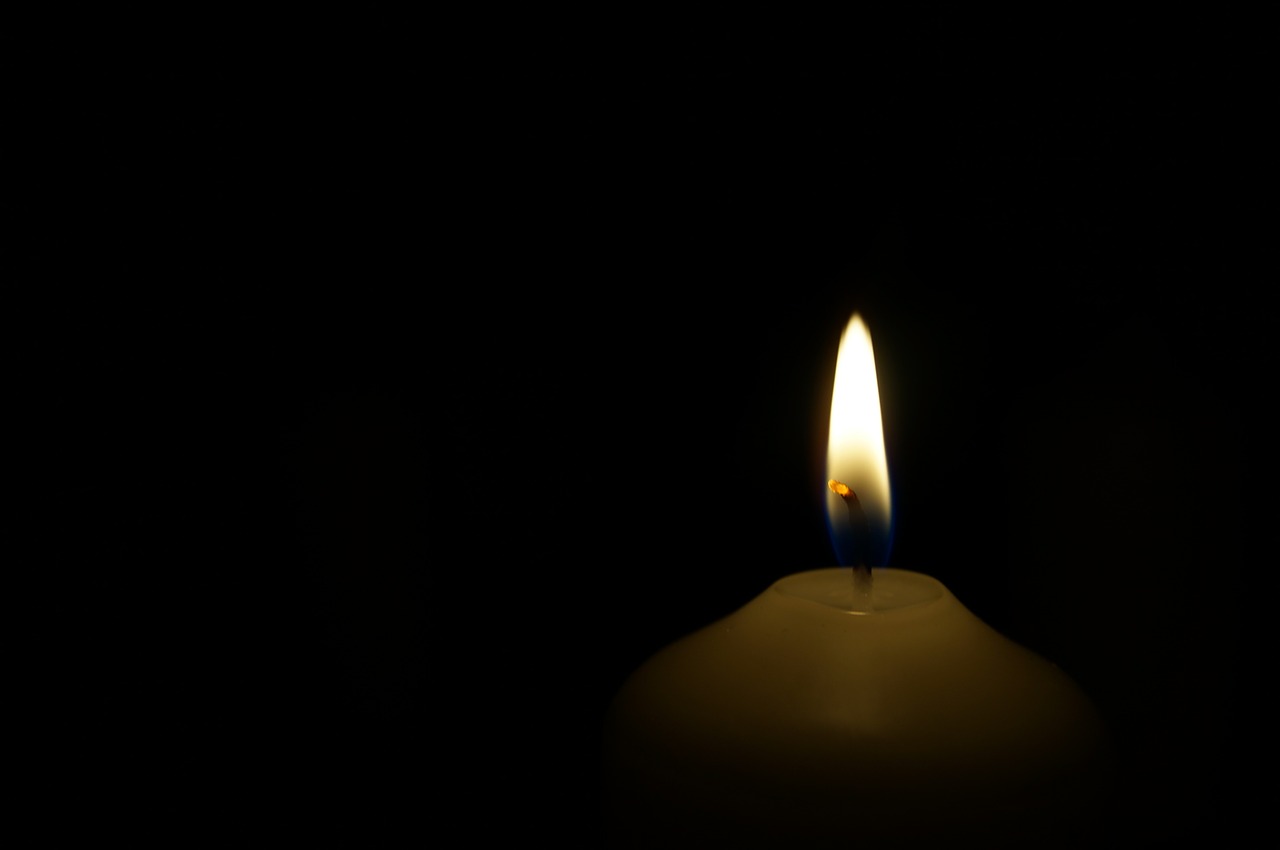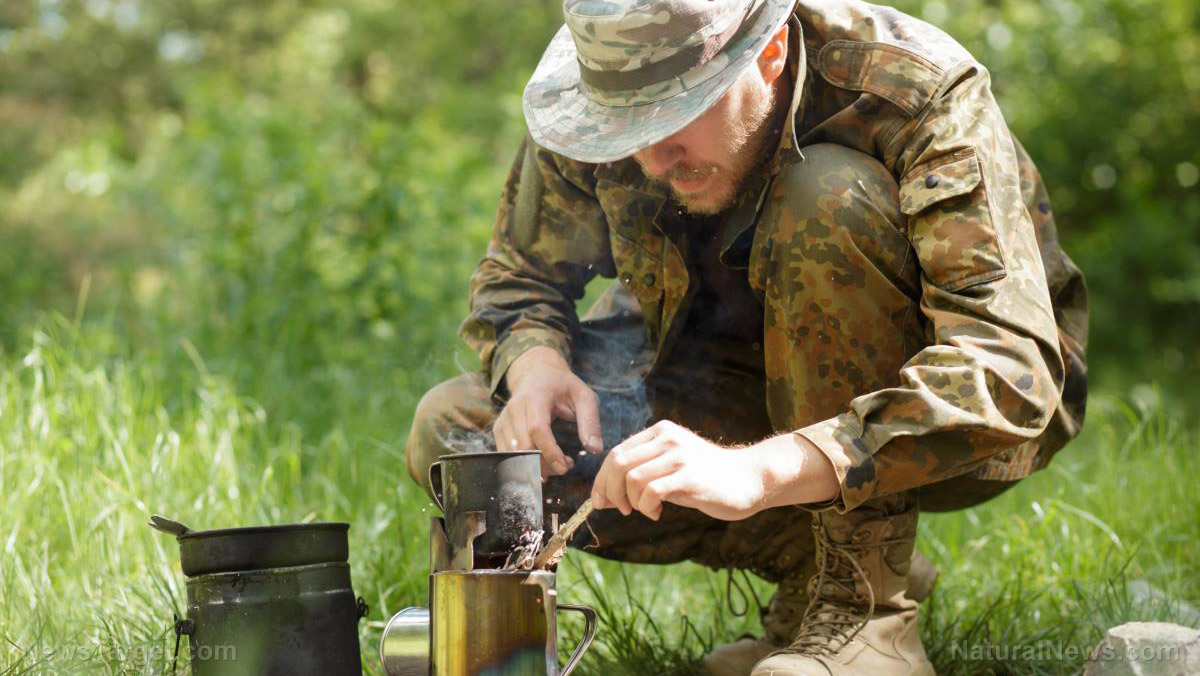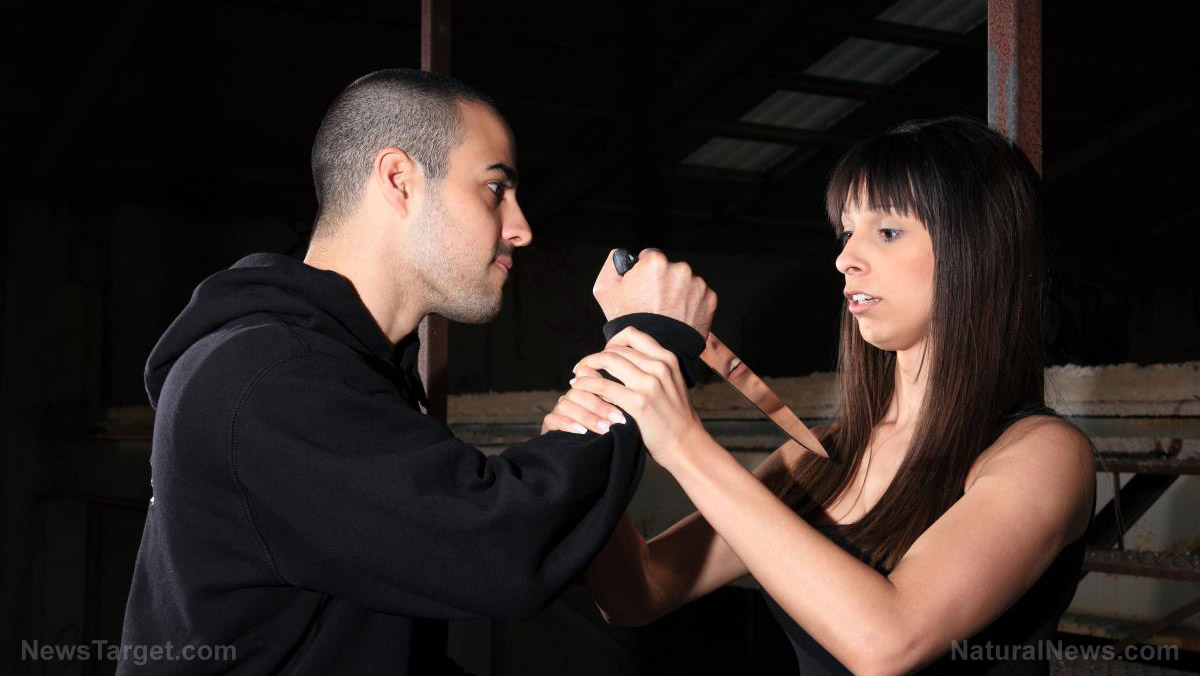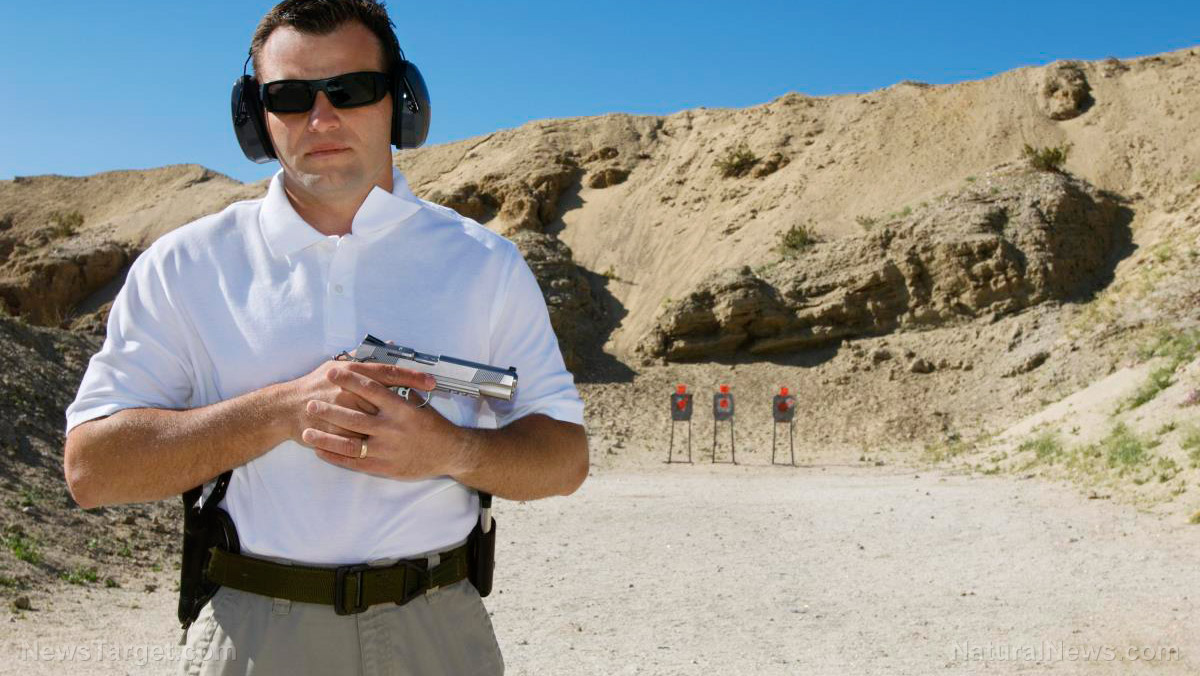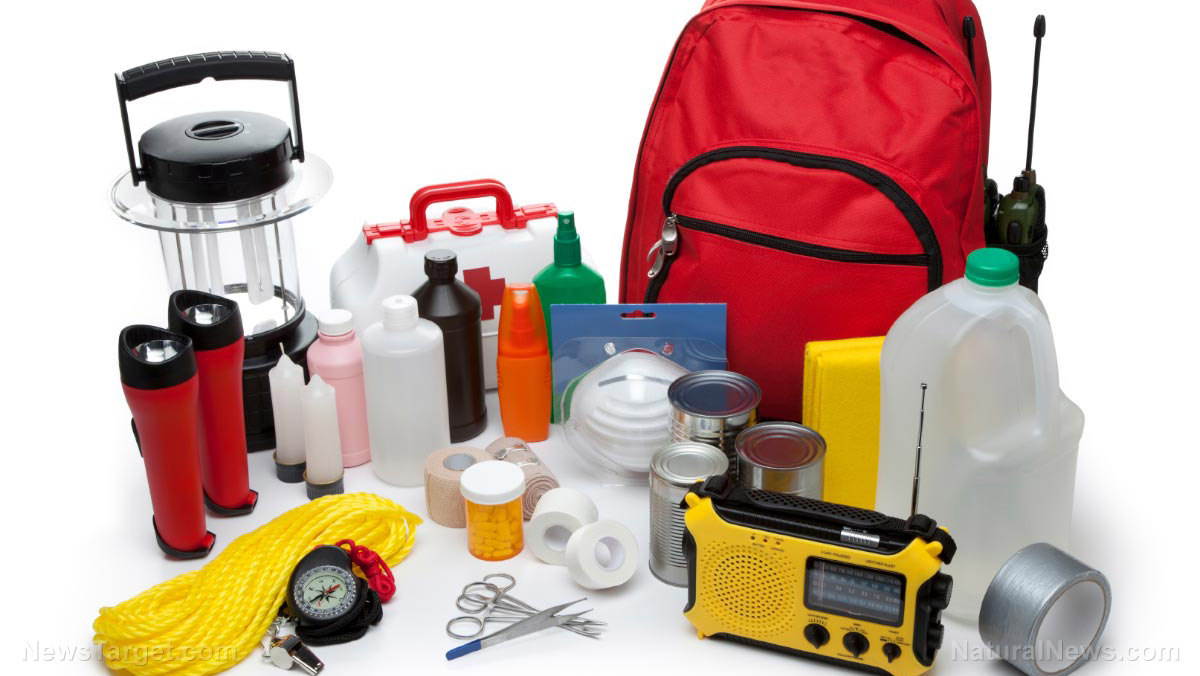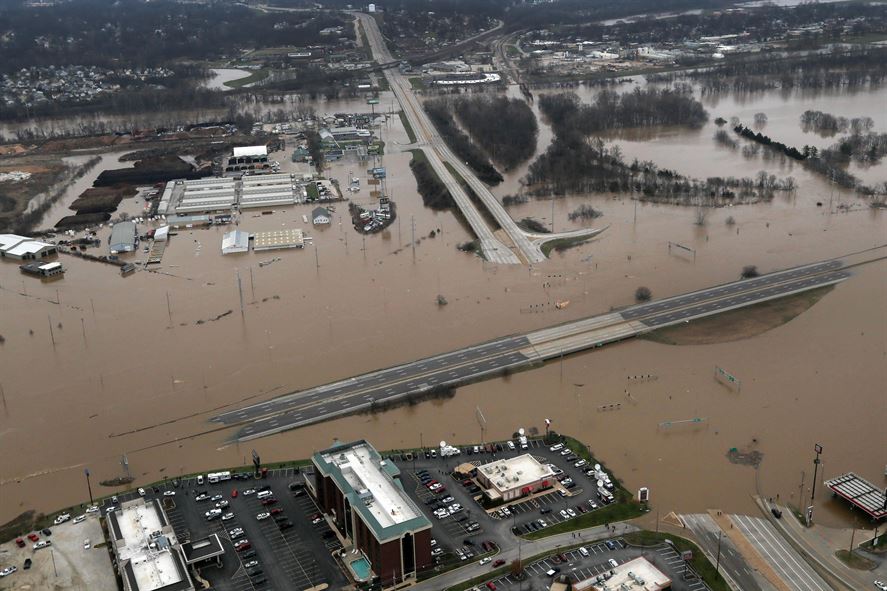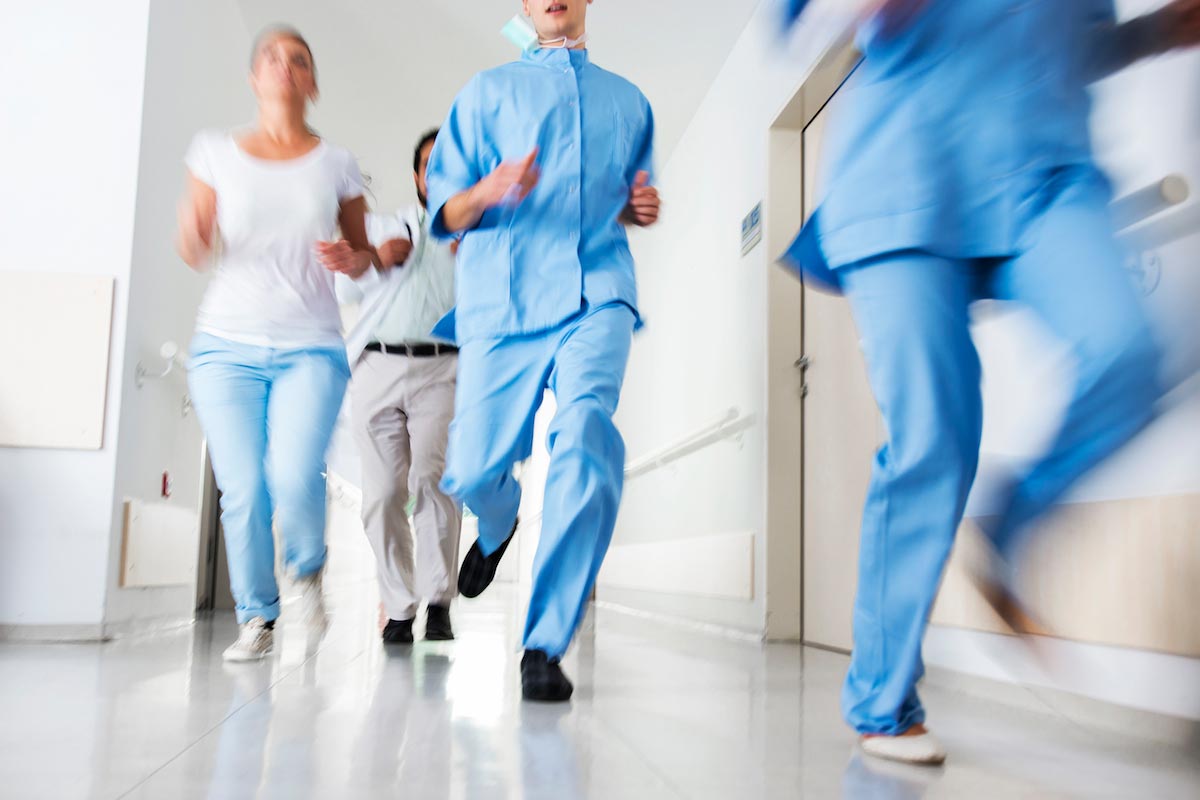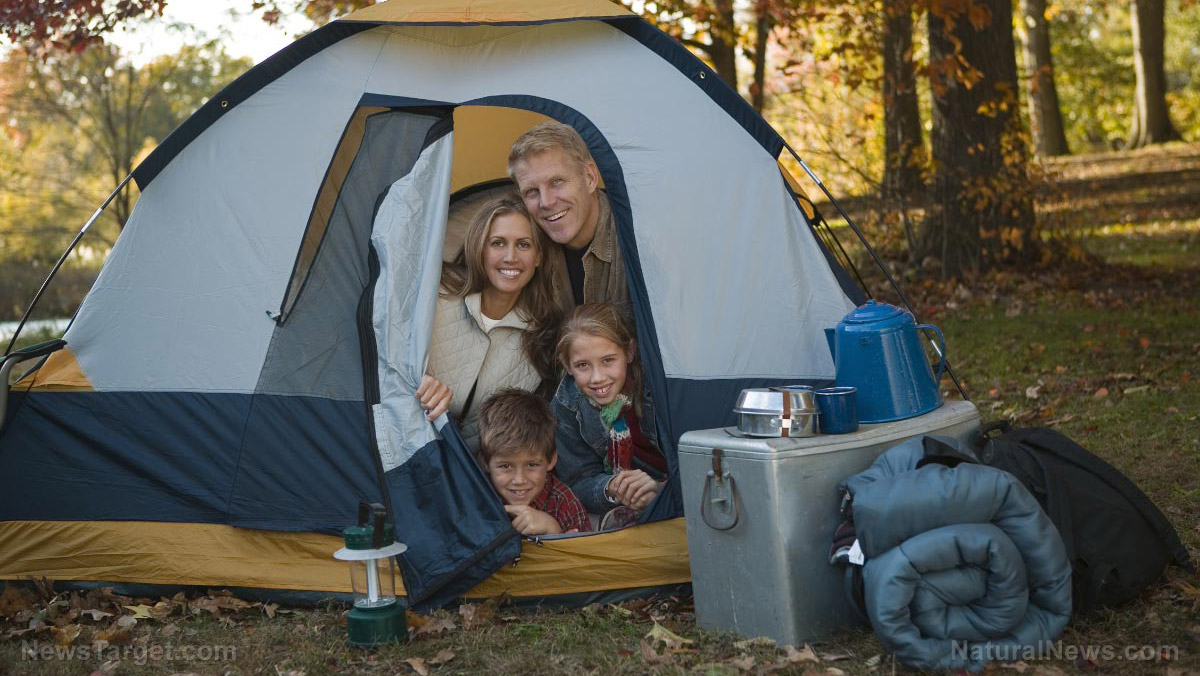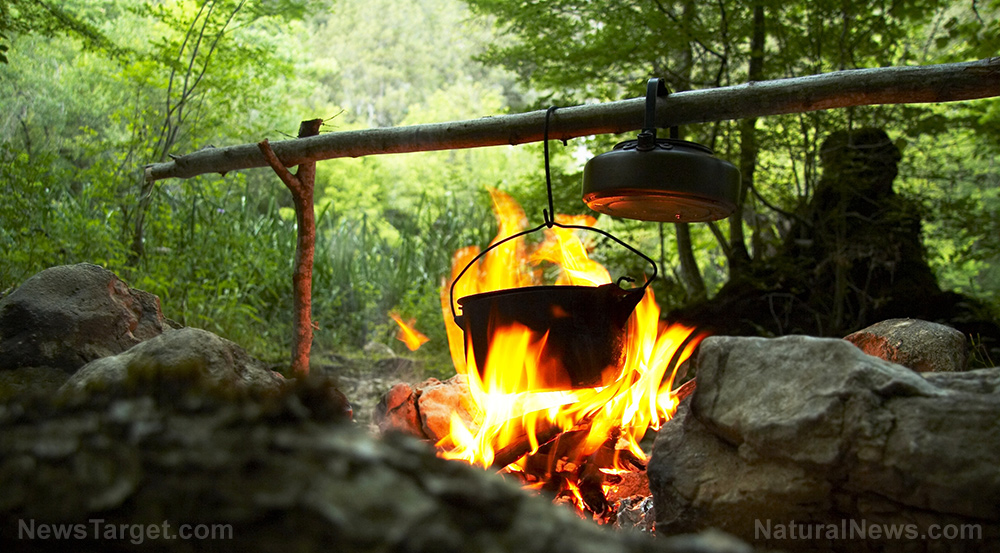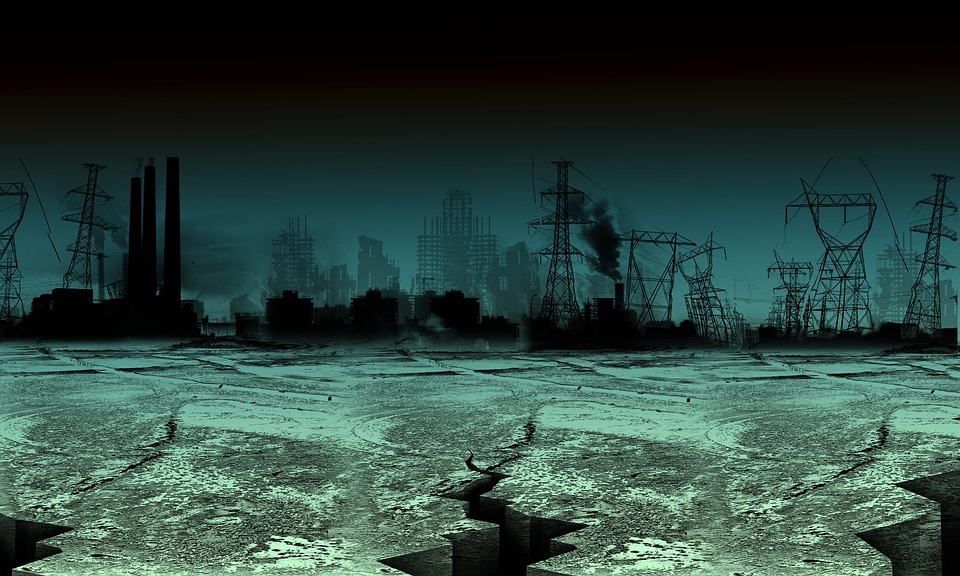The danger zone(s): Avoid these places when disaster strikes
04/25/2019 / By Zoey Sky
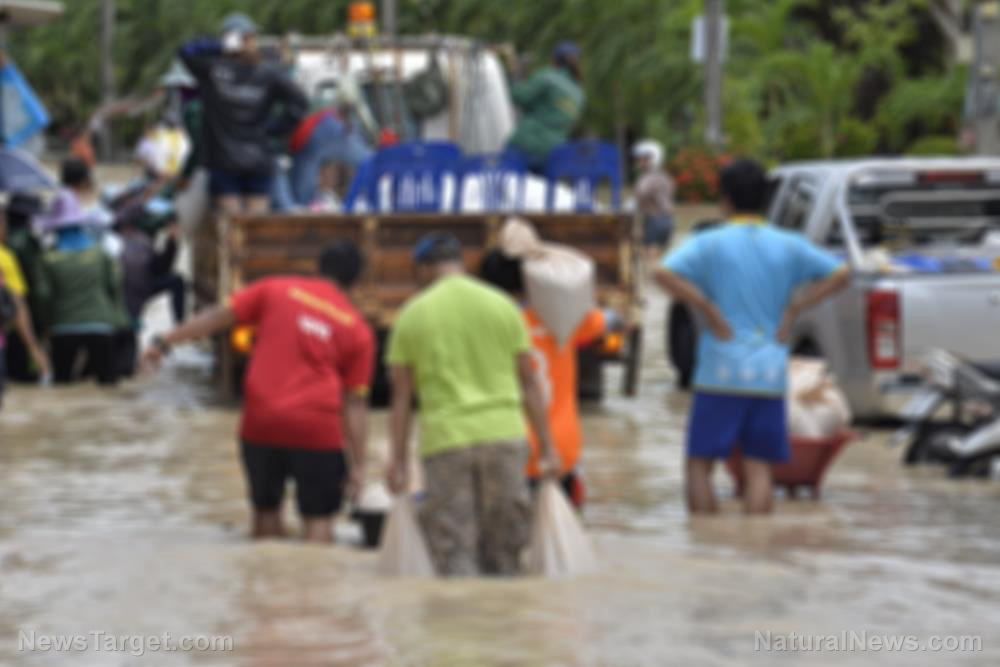
When SHTF and circumstances force you to evacuate from your home, where do you plan on bugging out? Will you head to the nearest city, or will you go to a secure bug-out site? (h/t to Survivopedia.com)
Preppers know that it’s important to plan ahead, especially since you never know when a large-scale disaster like a nuclear strike or terrorist attack can occur. To ensure that you survive the initial shock-wave of any emergency scenario, you need to be alert so you can keep your family safe.
Stay away from urban areas
It’s no secret that in most cities in first world countries, such in the U.S., life is easier because of technology. The downside is, most people who are used to living in comfort with electricity, modern appliances, and running water have no idea how to survive when SHTF and lose most (if not all) access to these amenities.
In a large-scale disaster, preppers know that big cities should be avoided because densely populated urban areas could run out of supplies very fast. When people get desperate in big cities, things may get even worse: Those desperate for supplies may resort to looting and theft, which you definitely don’t want your family to deal with.
If you live in a large city, stockpiling gear and supplies is equivalent to painting a target on your back. To avoid this, preppers will wisely set up bug-out locations (BOL) in secure areas that only family members know about.
If you have the means to do so, set up a BOL in a remote area with access to clean water, fishing areas, and hunting locations.
To ensure that you reach your BOL safely, each family member must have the following items in their bug-out bags (BOBs):
Sponsored solution from the Health Ranger Store: The Big Berkey water filter removes almost 100% of all contaminants using only the power of gravity (no electricity needed, works completely off-grid). Widely consider the ultimate "survival" water filter, the Big Berkey is made of stainless steel and has been laboratory verified for high-efficiency removal of heavy metals by CWC Labs, with tests personally conducted by Mike Adams. Explore more here.
- Food – Bring enough food (e.g., beef jerky and trail mix) for three days.
- Water and hydration – Ideally, you should have a portable water filtration system and sturdy water bottles.
- First-aid kit and supplies – Basic items include bandages, Band-Aid, splints, tourniquets, and medication for family members with health conditions.
- Self-defense – Whatever weapon you decide to include in your bag, you need to know how to use it well. Consider bringing a firearm with enough ammunition, a knife, or pepper spray.
- Clothing and warmth – This may depend on your personal preferences and environment. Rotate the clothing in your bag with the changing seasons.
- Navigation – Family members who are old enough must have basic navigation skills. If you get separated, you can find each other at your BOL if your loved ones can read a map.
- Communications – You need something that you can use to communicate with the other members of your group or to call for help, like a survival whistle or a handheld radio.
- Shelter – Each BOB must have materials that can be used to set up a temporary shelter when SHTF, such as a large emergency blanket, cordage, and a length of paracord. A firestarter kit is also a must.
Infrastructure concerns
Another thing to consider when SHTF is how you’re going to reach your BOL, especially if the transport infrastructure is gridlocked due to an influx of people who also want to escape the city.
When disaster strikes, avoid areas where people tend to gather, such as:
- Airports – People will flee to airports when SHTF.
- Choking points – This includes areas such as bridges, causeways, or tunnels.
- Federal Emergency Management Agency (FEMA) camps – Camps will be full of people who need food and water. (Related: Are disaster shelters safe? Where do sex offenders go after a SHTF situation?)
- Gun and hardware stores – If you prepared ahead, you’ll already have what you need in your BOB.
- Harbors – Like airports, a lot of people may get stuck in harbors as they attempt to escape.
- Hospitals – People who need medical help will also flock to hospitals, which could increase your risk of exposure to contagious diseases.
- Military bases – Military bases are obvious targets for nuclear or terrorist attacks.
- Prisons – If prisoners escape due to a power outage, prison is the last place you want to be when SHTF.
In the event of a large-scale disaster, avoid areas likes big cities and transport infrastructures. Stick to your escape plan so your whole family can safely reach your BOL.
Sources include:
Tagged Under: airports, bug out, chaos, cities, Collapse, disaster, emergencies, FEMA camps, harbors, Hospitals, military bases, off grid, preparedness, prepper, prepping, prisons, safety, SHTF, survival, urban areas, violence

